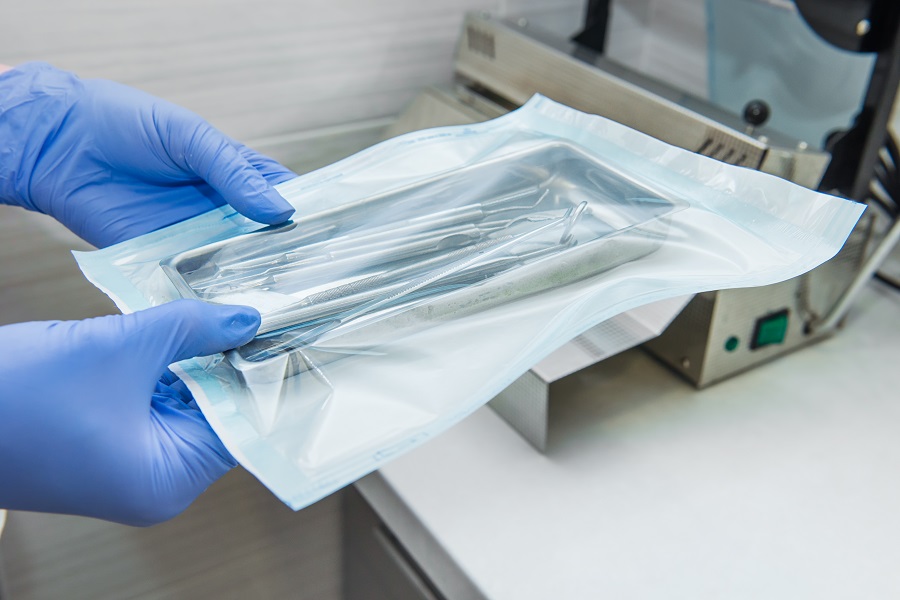Unique Device Identifiers (UDI) labels are crucial for medical device labeling, primarily because they improve patient safety. However, the advantages of UDI don’t stop there. They help modernize device post-market surveillance, facilitate the medical device information, and even help hospitals improve internal efficiencies through improved device tracking.
While UDI labels are critical for medical device labeling, it can be difficult to understand such a complex topic. Here’s a brief overview to help you understand UDI labels.
1. Understanding UDI Labels
UDIs are included on device labels and packages with the purpose of adequately identifying medical devices sold in the US. These identify and track devices every step of the way, from manufacturing to patient use.
The FDA requires device labelers to include a UDI on device labels and packages. If the device is intended to be used more than once, and if it will be reprocessed before each use, the UDI must be marked directly on the device. That information must then be submitted to the Global Unique Device Identification Database (GUDID).
To make sure you correctly submit the information, you need to first understand the UDI format for medical device labeling. The UDI is a unique numeric or alphanumeric code that consists of:
- Device identifier—a mandatory, fixed portion of a UDI that identifies the labeler and the specific version or model of a device.
- Production identifier—a conditional, variable portion of a UDI that identifies a lot or batch number, serial number, expiration date, date of manufacture, or any other distinct code.
2. Medical Device Labels Must Withstand Aggressive Environments
Especially in the medical industry, any label will likely be subjected to various environments and substances that threaten its legibility. Certain sterilization processes like autoclave will subject the ink and the label to extreme temperatures that could damage labels that are low in quality. Additionally, alcohol and other chemical cleaning solutions are used multiple times a day during patient care to sterilize devices and supplies.
Because of this, it is critical that labels withstand humidity, high temperatures, and harmful chemicals while still remaining perfectly legible. The only way to ensure this is by using high-quality materials and media for your medical device labels.
For more information about the barcode labeling process, download our e-book: 5 Steps to Simplify the Barcode Labeling Process.
3. Extending Traceability Lifetime
From manufacturing through distribution and patient use, UDI medical device labeling enhances device traceability in many ways:
- Reducing medical errors—If device data is tied to patient identification, providers can ensure the right device is issued to the right patient.
- Enhancing device analysis—UDI can be used as a standard way to document the device use in electronic health records and clinical information systems.
- Accurate device reporting—When adverse events occur, they can be reported and linked to specific devices, which can quickly uncover potential issues.
- Improving Recalls—UDI allows for specific devices to be tracked to the point of use, which helps when managing medical device recalls.
Navigating the complicated maze of regulations and requirements for UDI compliance can be tricky. It’s important that you understand what is required of you and how to keep your medical device labeling processes compliant. By doing so, you won’t just be covering all your basis, but you will be reaping the benefits as well.
Imprint Enterprises partners with Armor to provide the guidance and supplies you need to navigate UDI compliance and to assist you with your medical device labeling needs. For more information, contact Imprint Enterprises today.




